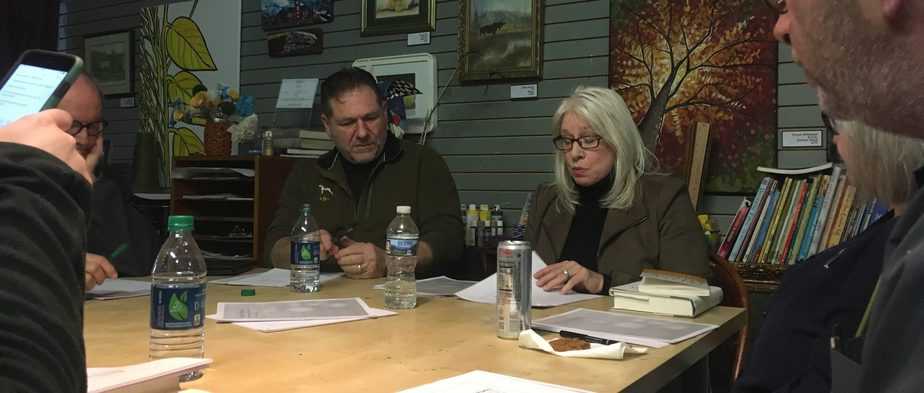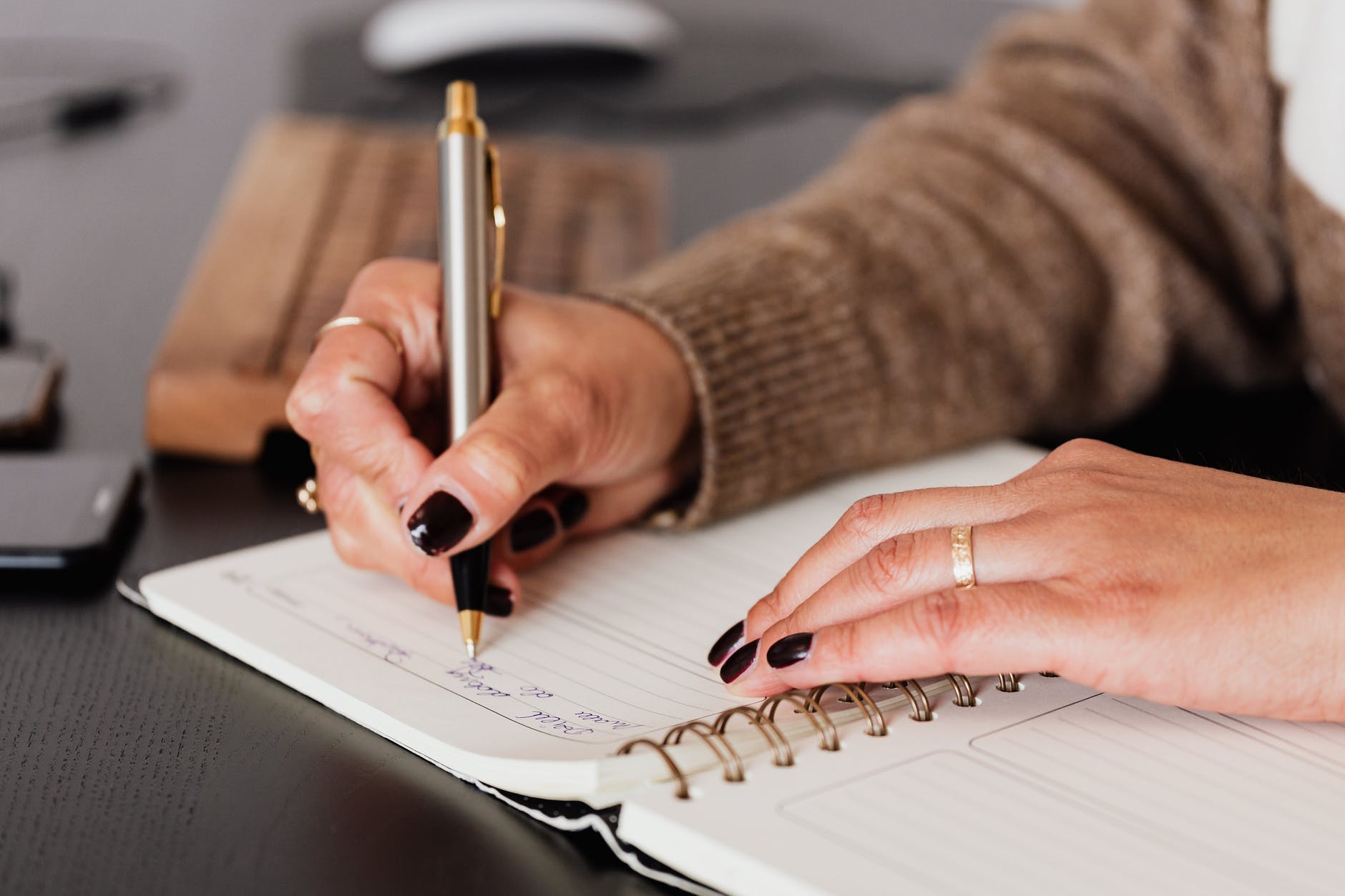by Jo Scheier Bugay, Writer’s Workshop session presenter
Elements of Poetry Workshop
One of the most fulfilling aspects of being involved with The Watershed Journal, and local writers’ groups, is the chance to lead workshop sessions. One such opportunity presented itself in early 2019. My topic was “Elements of Poetry” and we covered the key concepts of sound, line, form and imagery.
The content of the workshop came mostly from A Poetry Handbook: A Prose Guide To Understanding and Writing Poetryby Pulitzer Prize and National Book Award winner and poet Mary Oliver. This book belongs on every poet’s bookshelf, along with as many poetry books as one can afford.
We started with an agreement on a working definition of poetry— an increasingly complex notion given the advent of performance poetry, slam poetry, prose poetry and other exciting subgenres. For the workshop we used this definition:
Poetry:
a literary work in which special intensity is given to the expression of feelings and ideas by the use of distinctive style and rhythm.
Let’s dive right into the Elements of Poetry.
Sound
A poem is, at its heart, a sequence of sounds that are not random. They are chosen deliberately by the poet as part of his or her craft. As poems are intended to be heard, the importance of sound cannot be ignored.
The quality of sound exists not just at the level of the words used in the poem but also at the more basic level: the alphabet, which Mary Oliver says is our ‘raw material.’
The alphabet has families of sounds that operate on a linguistic and aural level: vowels and consonants. Consonants can be further divided into semivowels and mutes. These families of sounds have different qualities: soft, hard, liquid, or breathy (aspirates). The masterful poet uses all these in a way to create drama, mood and emotion.
Line
The way words are arranged on the printed page is an obvious difference between ‘prose’ and ‘poetry.’ Prose typically is printed between the set margins, whereas poetry is written in ‘lines’ that are free of the margins, especially on the right side.
(We’ll set ‘prose poetry’ aside for the moment).
The study of line in poetry is intimately linked to the topics of meter and form. Mary Oliver points out that “this subject— turning the line— is one that every poet deals with throughout his or her working life. And gladly too—for every turning is a meaningful decision…” (my emphasis).
Discussion of the line and its impact on the reader starts with meter. Lines and meter impact mood! For example, tetrameter lines create a sense of quickness and spareness; trimeter lines can evoke a more intense sense of agitation. Longer lines create a sense of prophecy, grandeur, momentum. This is a fascinating element to the poetic craft.
Form
Any discussion of form begins with rhyming patterns such as the couplet, triplet or quatrain. A discussion of form must also includes understanding the stanza— a group of lines in a poem that is separated by an extra amount of space from other groups of lines.
Established poetry forms include the sonnet, haiku, and free verse, among many others. We also considered types of poems such as the narrative, lyric and prose poem. The poet chooses among these options based on the nature of the topic being explored.
Imagery
Mary Oliver defines imagery as ‘the representation of one thing by another thing.” Figurative language is another term for the use of imagery. There are several devices associated with figurative language including metaphor, simile, allusion and personification. These are key to the poet’s effort to convey meaning.
We ended the workshop with examples of these techniques by poets such as Robert Frost, Robert Burns, Elizabeth Bishop, Mary Oliver, Samuel Taylor Coleridge and others. For me as the presenter, the discussion reinvigorated my awareness of these tools and the power they give the poet to touch the reader at a fundamental, emotional level.
The Watershed Journal hosts quarterly Writer’s Workshops free to the public with rotating local presenters. Check out our Events Calendar for upcoming dates.





How nice it is to know you: talented, motivated to share your knowledge, accomplished writer. I’m truly proud to say I “rub elbows” with you. Jacquelin